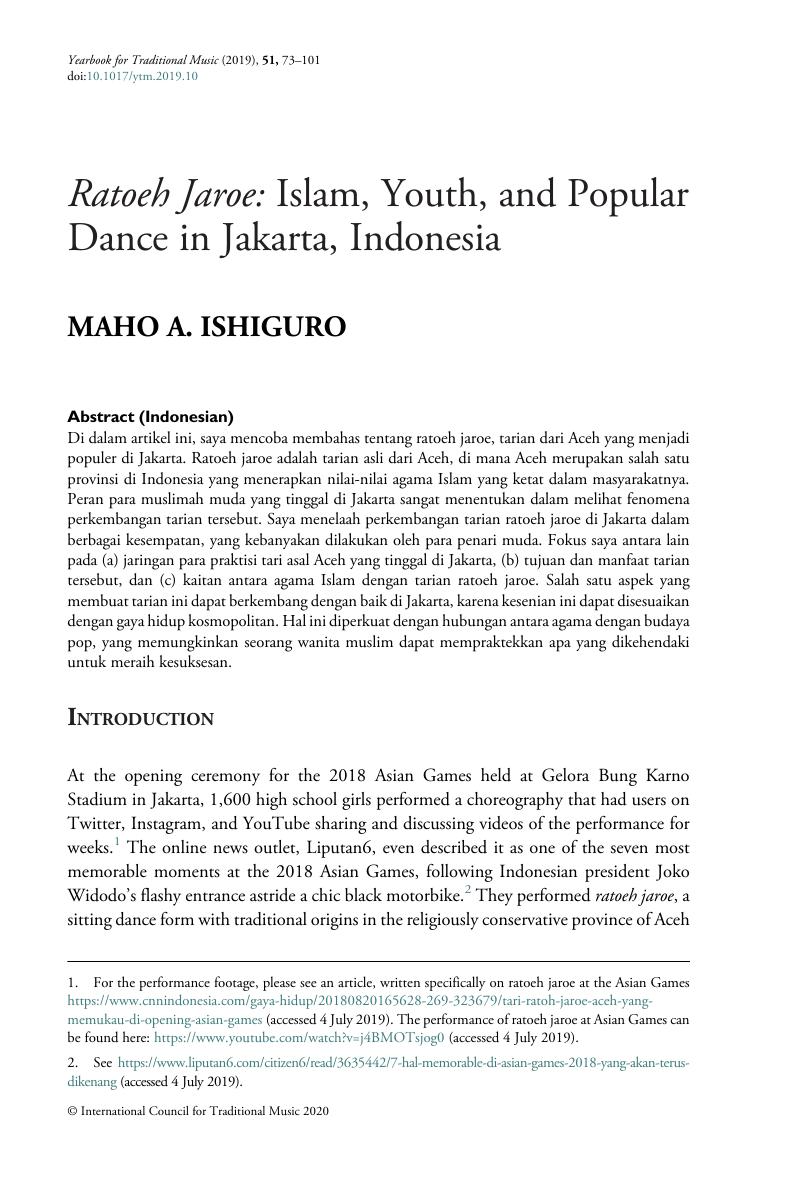Crossref Citations
This article has been cited by the following publications. This list is generated based on data provided by Crossref.
Lai, JinXing (Gene)
2020.
Uṟumi Mēḷam: a musical sanctuary for at-risk Tamil youth in Singapore.
Ethnomusicology Forum,
Vol. 29,
Issue. 3,
p.
311.
Rahmawati, Eni
and
Putranta, Himawan
2020.
THE EXPLORATION OF LOCAL WISDOM VALUES OF PERFORMING ARTS: AN ART OF KUDA LUMPING SARIMPI.
Humanities & Social Sciences Reviews,
Vol. 8,
Issue. 5,
p.
307.



